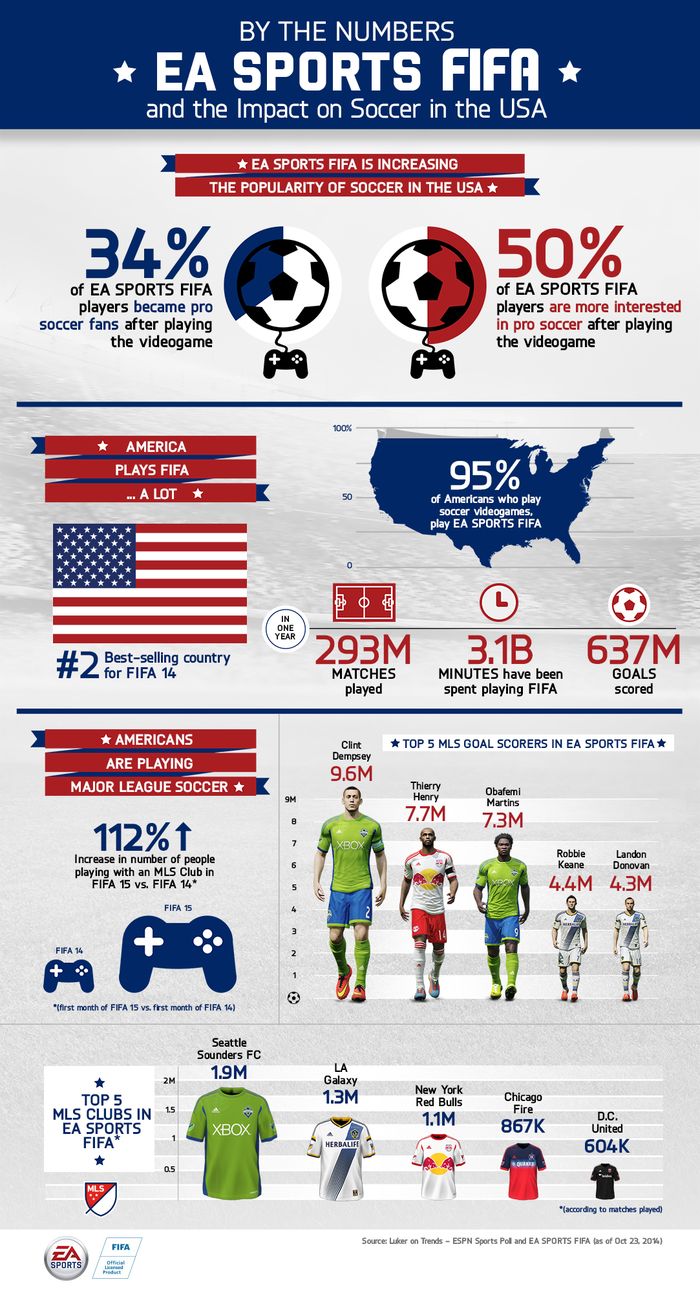MLS Joins NFL and NHL In Adopting Concussion Tracking Technology
Major League Soccer has announced they will begin implementing the concussion tracking device xPatch next season in order to further study the effects of head trauma on their players.
The xPatch was recently used in a rugby match by the London-based Saracens (no relation to Friday Night Lights character Matt Saracen, unfortunately). Some in London have dismissed the patches, calling them gimmicky, but Edward Griffith, the Saracens CEO, responded tersely saying, “It is the furthest thing from a gimmick. This is not something we just thought would be good to try out last weekend. This has been nine months in the planning. We have set aside a budget of £350,000 for it for next season funded by the Drake Foundation because we believe wholly in the significance of the research. I don’t want to be visiting these players in 20 or 25 years time in a hospital where they are suffering from dementia or some other neurological condition.”
The xPatch, made by Seattle-based X2 Biosystems, contains a gyroscope and accelerometer that are encased in plastic. They are 1” by 3” and placed on a bone behind the players ear and taped down for games. The xPatch records all of the head trauma a player experiences and sends the information to trainers via an app.
A device like the xPatch may have been able to better track the head trauma former MLS star Taylor Twellman experienced during his career (he retired after suffering his sixth concussion). Twellman has since committed to donating his brain after his death for concussion reasearch and has his own foundation, Think Taylor, to raise money and awareness for concussion prevention.
Further implementation of the device could also help prevent scenarios like the one that occurred during the NFL playoffs on January 3rd, when the Ravens Courtney Upshaw had a rare clean sack of Steelers quarterback Ben Roethlisberger, who’s helmet bounced off the turf when he went down.
Roethlisberger returned to the game five minutes later after having his neck and shoulders tested and going through the NFL concussion protocol. He looked shaky when he returned to the huddle and proceeded to throw an interception on his first snap, causing some to speculate that he returned to the game too soon.
Dr. Matt Matava of the NFL Physician Society explained to the Guardian previously that X2 Biosystems technology, “has allowed us to accurately diagnose concussions immediately following an injury [about six to eight minutes after a hit]. The software also allows us to compare the players’ injury date to their baseline in order to objectively assess changes in mental status.” All 32 NFL teams currently use X2’s concussion management software.
The hope is that the technology becomes unobtrusive enough for players of all contact sports to use during games to detect in-game head trauma and track the sub-concussive impacts a player experiences over the course of his career. Considering the tragic deaths of former NFL stars Junior Seau and Dave Duerson, and the nightmare that the NFL concussion settlement has become, it’s a breakthrough that can’t come soon enough.







